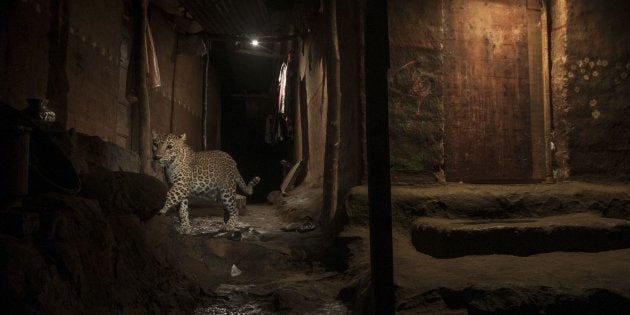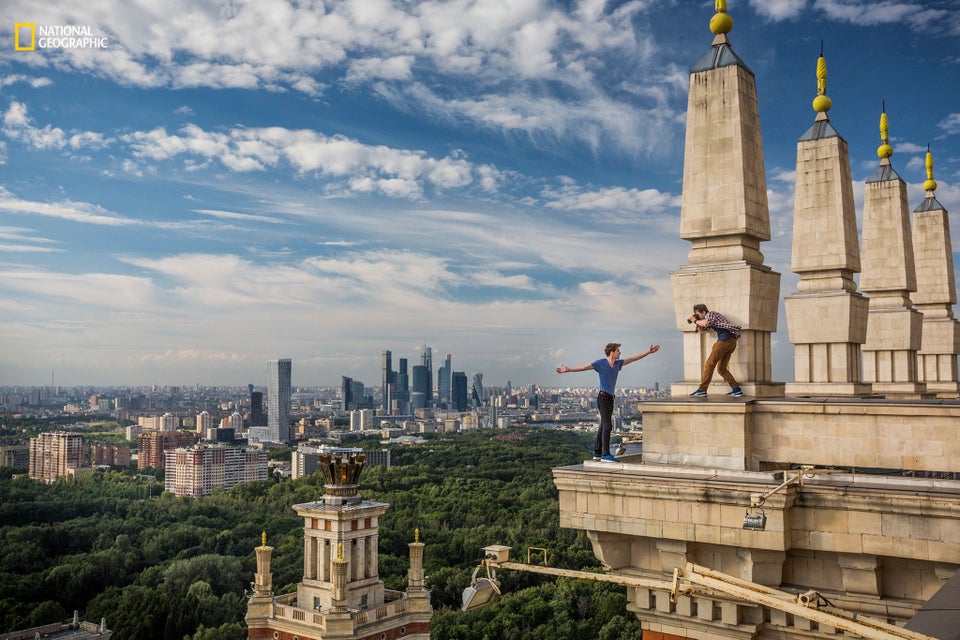
It is the middle of the night. In a deserted, dimly-lit alley of Mumbai's Aarey Milk Colony, a majestic leopard prowls in search of food.
This striking image by Mumbai-based Nayan Khanolkar, 42, has won the second place in the Nature singles category of the World Press Photo 2017 contest, making him the only Indian photographer to win at the prestigious awards this year.
The first prize was given to the photograph of the assassination of Russia's ambassador to Turkey, Andrei Karlov, taken by Burhan Ozbilici at an art gallery in Turkey in December last year.
Titled "Big Cat In My Backyard", Khanolkar's award-winning photograph was taken on 24 September 2016 at the Aarey Milk Colony, a residential neighbourhood on the outskirts of Mumbai, located next to the Sanjay Gandhi National Park, which is home to several leopards that often trespass into the adjacent areas looking for food in the form of stray dogs or pigs. The photograph was taken through a trap infra-red motion sensor camera which was placed on the alley for several months.
In 2016, Khanolkar was given the wildlife photographer of the year award by the BBC and London's Natural History Museum for "The Alley Cat", a similar image of a leopard in the same alley in Aarey Milk Colony.
"Leopards are part of the local Warli community's culture and they can even distinguish between local and outsider leopards."
The two pictures are part of a larger series on urban leopards. "The owner of the house in this alley is comfortable with wild animals," Khanolkar told HuffPost India. "Leopards are part of the local Warli community's culture. They can even distinguish between local and outsider leopards.
A self-taught photographer, Khanolkar has travelled the length and breadth of the country in the last two decades to document wildlife. In the last three years, his work has focused on the big cats and leopards in urban areas in order to raise awareness about the need to conserve India's wildlife heritage.
"Human settlements have encroached into forests and the animals are now adapting to the urban environment because there is no food left in the forest."
"When I first read there was animal-human conflict in Mumbai, I thought that leopards were trespassing into human areas," Khanolkar said. "Later, I realised it was the other way around. Human settlements have encroached into forests and the animals are now adapting to the urban environment because there is no food left in the forest."
He went on to give the example of leopards that live close to the cities, which are now used to traffic and are teaching their young to hunt for dogs, unlike their counterparts in the forests. "As cities are expanding, it is the same story all over India," Khanolkar said.
Also on HuffPost
